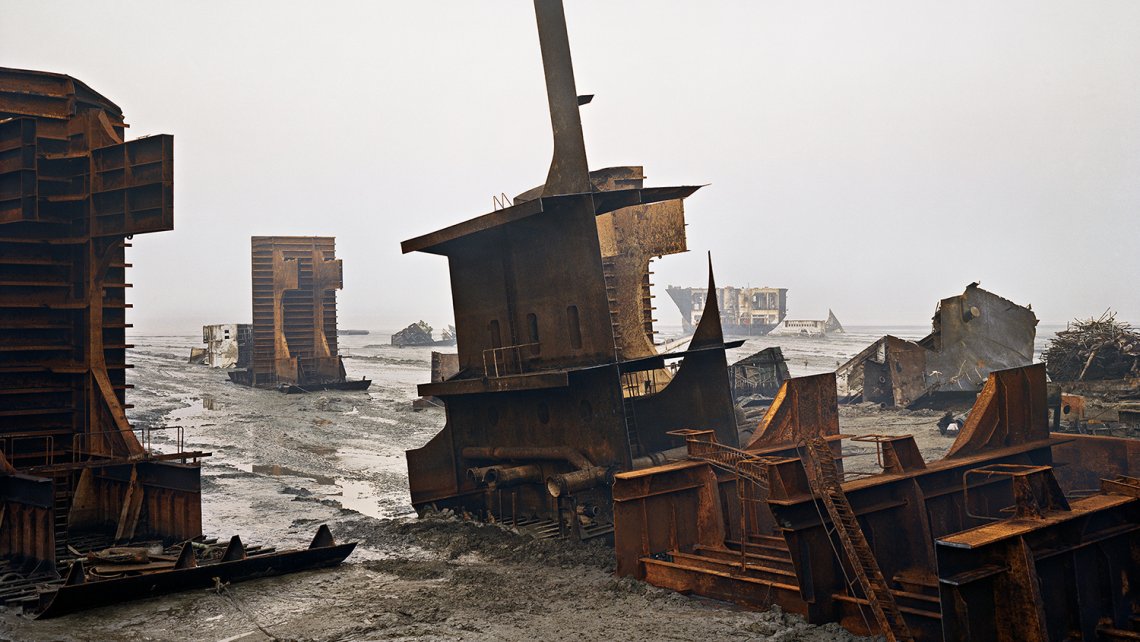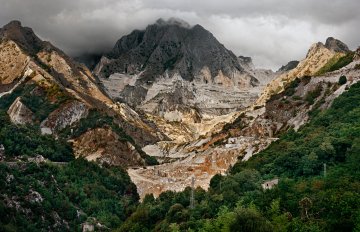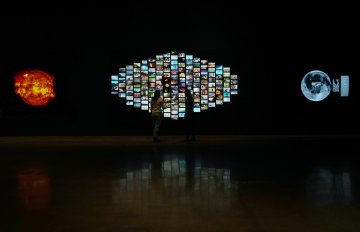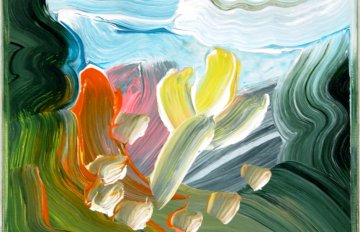There is nothing quite like experiencing the photography of Edward Burtynsky in person. His large-scale images in A Broken Planet capture the awe-inspiring scale of industrial landscapes, where human intervention and nature collide in dramatic ways. Burtynsky’s work often focuses on the destructive nature of industrialization, revealing how human activity reshapes and sometimes devastates the natural world. His images of quarries, mines tailings, and abandoned waste expose the environmental impact of mass production and resource extraction. The intricate details and vivid colors of his photographs, while visually striking, also convey a sobering message about the ecological cost of progress. Seeing these powerful images in person heightens their emotional impact, making the viewer confront the complex relationship between human development and the planet’s fragile ecosystems.
Chittagong is currently the second largest ship breaking site in the world. Forty ship breaking yards along approximately 20 kilometers of coastline currently handle about one fifth of all of the world’s ship breaking salvage. Millions of tons of scrap are extracted every year. There are no industrial facilities; ships
are intentionally run aground on the gently sloping, shallow water beaches where they are dismantled by a workforce of up to 200,000 Bangladeshis. The work is hazardous with both workers and the environment exposed to dangerously toxic conditions.
In recognition of the dangers, various international bodies have sought to impose regulations and restrictions on the industry for the appropriate handling and disposal of toxic waste. But unscrupulous actors regularly find ways to circumvent such regulations.
At Chittagong, few, if any, environmental protections are enforced with the result that oil, asbestos and heavy metals are regularly released directly into the environment. It is worth noting that we are capable of addressing and perhaps even mitigating our impact on the planet, but we must first make the choice to do so. Having made that choice, we must hold each other to account.
Related Programming:
ANTHROPOCENE: The Human Epoch
Thursday, 6 March
7:00 p.m. to 8:30 p.m.
FREE
A film by Jennifer Baichwal, Nick De Pencier and Edward Burtynsky
Stop by Visitor Services on your way out and pick up a copy of the KWAG publication Edward Burtynsky Works From Two Decades 1981-2001. A Gift to The Collection.
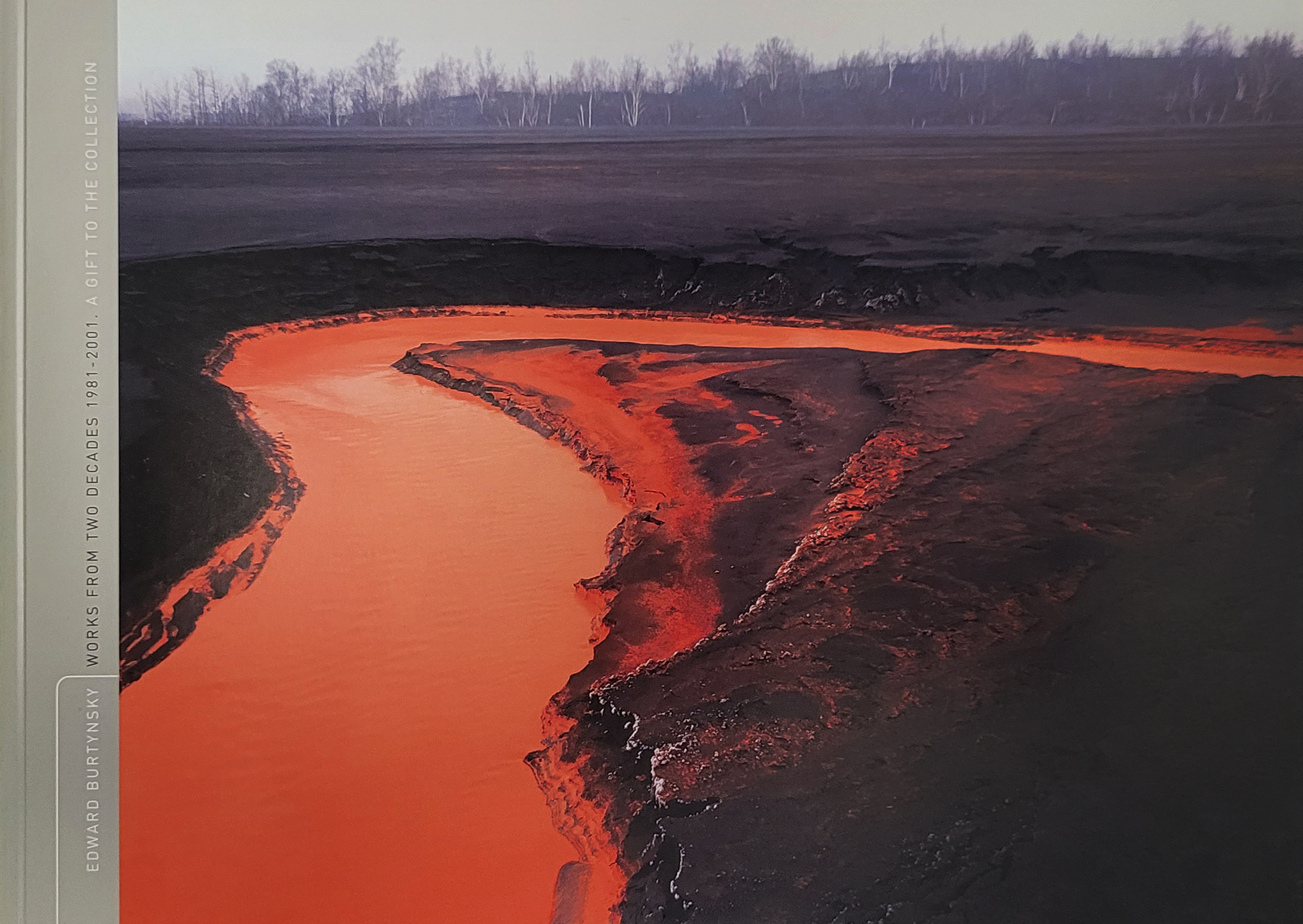
Images:
Publication image: Edward Burtynsky, (Canadian, b. 1955), Nickel Tailings #39, Sudbury, Ontario, 1996. © Edward Burtynsky, courtesy Flowers Gallery, London.
(feature) Edward Burtynsky, (Canadian, b. 1955), Shipbreaking #10, Chittagong, Bangladesh, 2000. Chromogenic print. Kitchener-Waterloo Art Gallery Permanent Collection: Courtesy of Edward Burtynsky, 2000. Photo © Edward Burtynsky, courtesy Nicholas Metivier Gallery, Toronto.
Header image courtesy of Danny Alexander.
